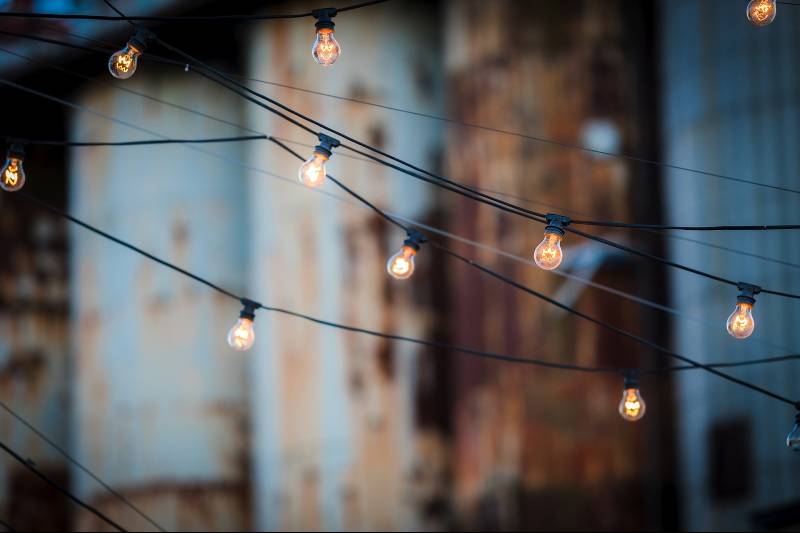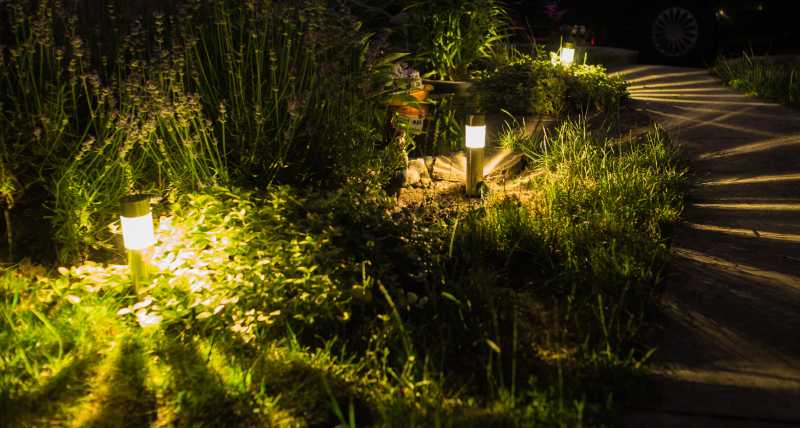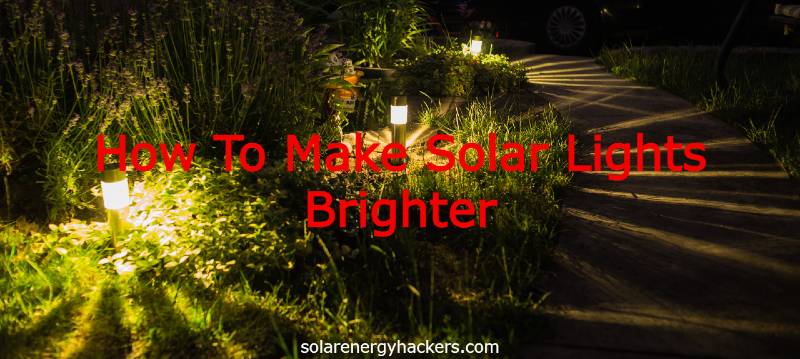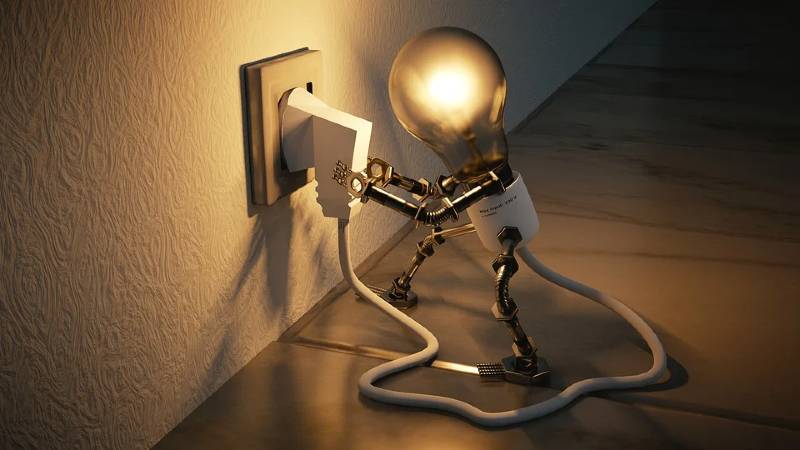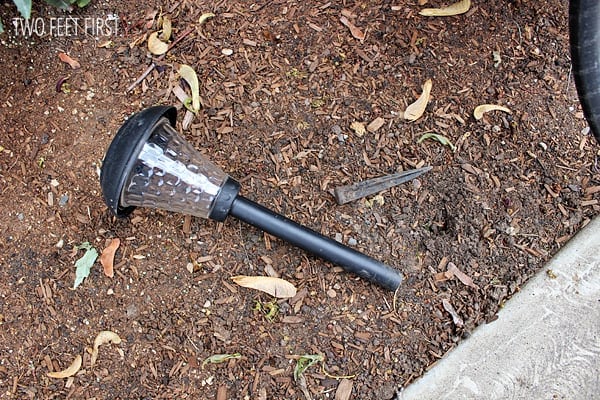Solar lights are like any outdoor equipment; they require maintenance to keep them shining bright.
One essential aspect of this maintenance is proper sealing.
So, how to seal your solar outdoor lights effectively?
To effectively seal your solar outdoor lights, apply outdoor-grade silicone sealant on all seams and openings, ensuring protection against moisture and debris.
In this guide, I’ll walk you step by step through the process of properly sealing your lights to protect them from moisture and debris in an excellent way.
Key Takeaways
- To seal your solar lights, use outdoor-grade silicone sealant on all seams and openings to protect against water and debris, enhancing long time lifespan and brightness.
- Maintain clear solar panels and fixtures by regularly cleaning them to ensure efficient charging and maximum illumination, keeping your outdoor spaces well-lit.
- Periodically inspect and replace batteries, preferably with eco-friendly NiMH batteries, to prevent corrosion and ensure your solar lights perform optimally.
Related Article: How To Fix Not Working Solar Lights?
Why Should I Seal My Solar Lights?
You should seal your solar lights to keep them safe from rain, dust, and little pieces of debris.
When water or dirt gets inside the outdoor lights, it can cause a lot of trouble, making them stop working or not shine as brightly.
Sealing them is like giving them a shield, which helps them last a long time and keep shining bright.
This excellent way, you won’t have to replace your solar garden lights as often, and they’ll do a better job of lighting up your garden or walkway.
Related Article: How To Make Solar Lights Brighter?
How Can I Seal Solar Lights with Silicone Sealant?
To seal your solar lights with it and ensure they’re protected against the harsh winter conditions, follow these practical steps:
1. Gather Necessary Materials: You’ll need outdoor-grade translucent silicone-sealant to protect the solar panel from moisture. Also, prepare a brush or polythene bag for applying the sealant and cotton buds with acetone for cleanup.
2. Prepare the Solar Lights: Clean the solar light thoroughly, making sure it’s free from dust and moisture. This cleaning process ensures the silicone adheres properly, creating a strong seal.
3. Apply the Silicone Sealant: With your brush, evenly apply it on the top portion of the solar light, focusing on the solar panel area. Ensure to spread the sealant in even layers to avoid obstructing the light’s functionality and to achieve a neat finish.
4. Seal Potential Entry Points for Moisture: Identify and cover any holes, seams, or gaps in the solar light. These are potential routes for moisture to enter and cause damage to the internal components and the solar panel.
5. Neat Cleanup: If there’s any mess or excess sealant, take a cotton bud dipped in acetone and gently clean the affected area. Acetone acts as a solvent for the silicon that can clean any spills without damaging the solar light.
If you plan on resealing your lights more than once, you will be happy to know that this type of silicone does not expire and is waterproof.
Related Article: How To Clean Solar Lights
How to Maintain My Solar Lights?
1. Consider Trimming Nearby Trees and Bushes
Solar lights depend mainly on sunlight to charge and function properly.
To ensure they receive the maximum amount of sunlight, you need to trim any nearby trees and bushes that may cast shadows on the solar panels.
I recommend making a schedule for regular trimming.
For example, I have a seasonal schedule set up—trimming in the spring and fall.
This timing allows me to prepare the solar lights for the long time of summer and the shorter days of winter, ensuring they’re always receiving optimal sunlight.
2. Mindfully Wash the Solar Panels
A regular cleaning routine for the solar panels on your solar light is crucial for maintaining their efficiency.
Dirt, dust, and bird droppings can block sunlight, significantly reducing the panels’ ability to charge the lights.
To clean them, use a soft cloth or sponge with lukewarm soapy water, being careful to avoid harsh chemicals or abrasive scrubbers that could damage the surface.
I usually clean my solar panels 2-3 times a year, particularly at the start of spring, mid-summer, and before winter sets in.
This routine aligns with key moments in the year to maximize the panels’ efficiency when it matters most.
3. Tidy Up the Fixtures and Globes
Just as important as keeping the solar panels clean is the maintenance of the fixtures and globes of your solar lights.
These parts are crucial for the distribution of light and can become less effective if covered in dirt, spider webs, or other debris.
You can clean them in the same manner as the solar panels, using a soft, damp cloth to gently wipe away any dirt, spider webs, or debris.
For my lights, I do a quick check-up every time I clean my panels, ensuring that both tasks are done together for efficiency.
If necessary, I might replace any parts that are worn out or damaged.
Keeping spare parts on hand can also make this process quicker and ensure that my solar lights remain in working order without significant downtime.
4. Inspect the Solar Lights for Potential Damage
Regular inspections for any damage, including a good look at the wires if your lights have them, are pretty important.
Not all solar lights come with wires, but for those that do, you’ll want to keep an extra eye out.
Sometimes, pets or even local wildlife find those hidden wires interesting enough to chew on.
I have a simple hack to keep those wires safe and sound in an excellent way.
Whenever I check my lights, I wrap any exposed wires with a protective sleeve or use a bit of conduit.
This not only hides them away from curious critters but also adds an extra layer of protection against the elements.
5. Conduct Routine Battery Inspections
Batteries are the heartbeat of your lights, and keeping them in good condition ensures your lights function properly.
So, you need to regularly check the batteries for any signs of corrosion, as this can affect their ability to charge and, consequently, the performance of your lights.
Look out for any white powdery substance on the battery terminals, which indicates corrosion.
To clean it off, gently use a soft-bristle brush.
If the corrosion is stubborn, lightly sand it away with fine-grit sandpaper to ensure a good connection.
If you find the batteries are too corroded, you have to replace them.
I prefer using NiMH (Nickel Metal Hydride) batteries when replacements are necessary.
NiMH batteries are not only more eco-friendly than their NiCd (Nickel-Cadmium) counterparts, but they also tend to have a long time lifespan.
FAQs
What Is the Best Sealer for Solar Panels?
The best sealer for solar panels is a clear, waterproof silicone sealant designed for outdoor use, offering durability against various weather conditions.
Can You Waterproof a Solar Light?
You can waterproof a solar light by applying a silicone sealant around the edges and any openings to prevent moisture from entering.
How Do I Make My Solar Light Clear Again?
To make your solar light clear again, clean the panels and covers with a soft cloth and dish soap water, then rinse and dry thoroughly to remove any dirt or residue.
Wrapping up
As promised, we’ve covered the essential steps to properly seal your solar lights, ensuring they remain bright and functional for years to come.
From an expert’s eye, the key to long time lifespan in outdoor lighting is not just in the installation but in the ongoing care.
Remember, routinely checking and maintaining your lights can prevent the common pitfalls of outdoor wear and tear, keeping your nights illuminated with that warm, inviting glow.

